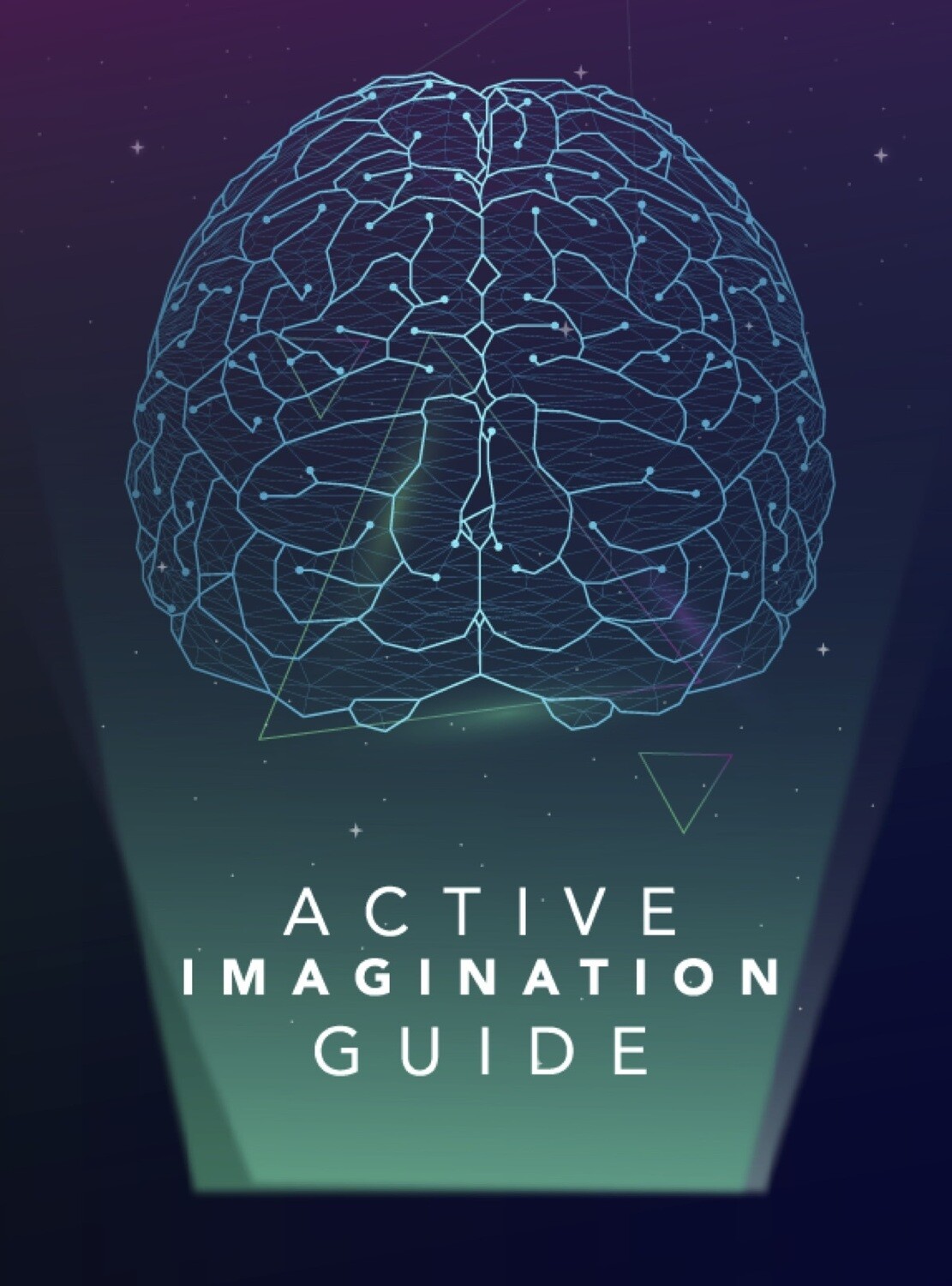Active Imagination Guide
With the emergence of Carl Jung as a successor of Freudian psychology, Active Imagination is one of the famous ways to understand more about the symbols that goes beyond the empirical world.
In understanding the value of Active Imagination, it is essential for us to see that this technique will help us understand more about the world. As we open ourselves to the unconscious that is within us, we hope to unlock meaning that can be present in the things that we are doing.
In this content, we will be discussing the whole process of Active Imagination – its roots, values, implications, and of course, how to do it. By having a holistic understanding of the topic, we will be able to not only apply it in our daily lives but also be able to analyze from our own perspective.
Introduction:
The Context: Jungian Analytic Psychology & Pyschosexual Theory of Development
What is Active Imagination?
The Basic Foundations of Active Imagination:
Personal Unconscious: One aspect of the psyche & serves as a ground for repressed thoughts and ideas
Collective Unconscious: Counterpart of Personal Unconscious & serves as a basic foundation for Active Imagination
Ability of the Psyche to access these states
A Practical Guide: How to do Active Imagination
1. Create the mood: accessing unconscious states
2. The Visual Method: recalling some illustration of image which allows us to internalize and journey with it
3. The Oral Method: how to envision and engage through talking or communicating
Experiencing the Unconscious
Active imagination is a great method of investigation, as long as we are able to do it properly. Unlike the Dream Analysis, it is far more complex and mysterious in its approach, which also means that it can almost surely yield more results.
As Jung notes, by engaging in active imagination, we are able to truly dive into the experience – for all its meaning and value that can be unraveled.
